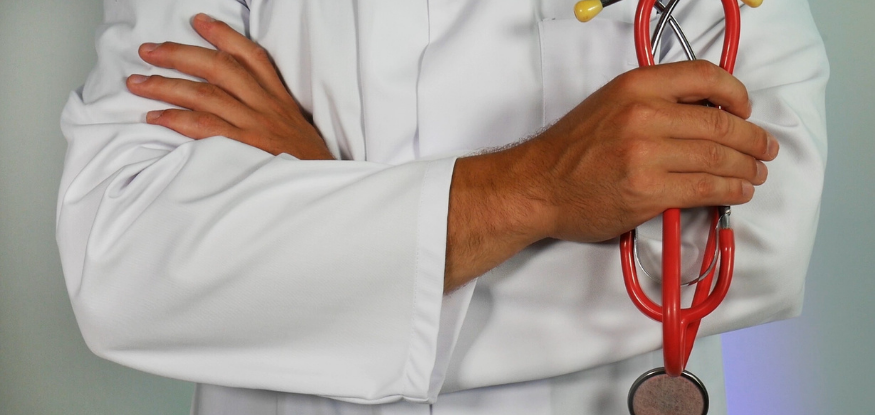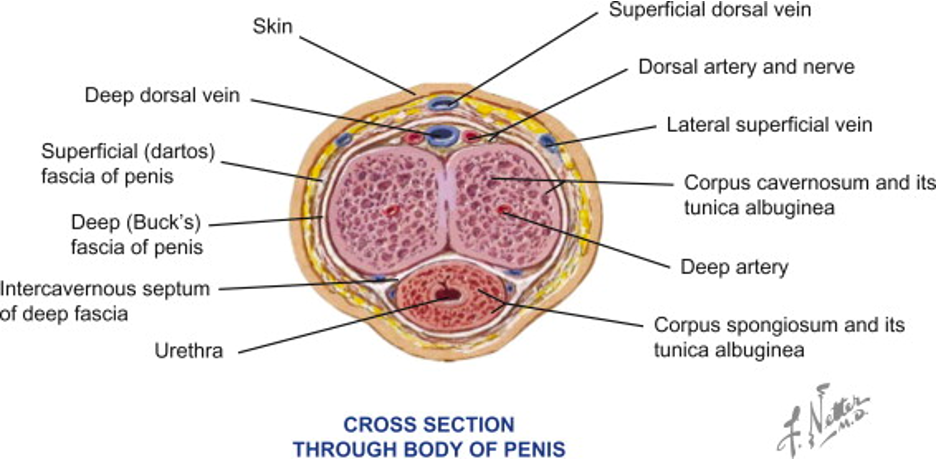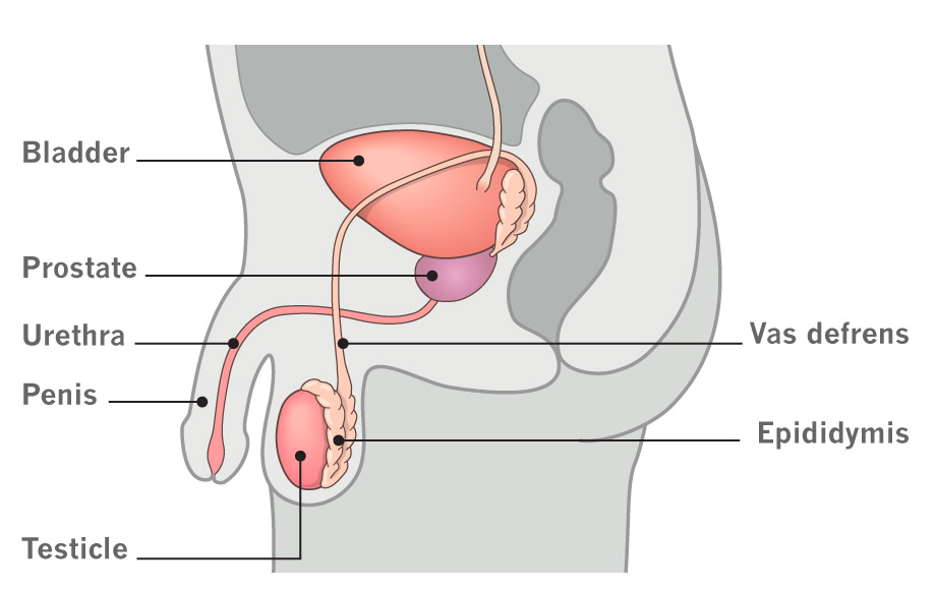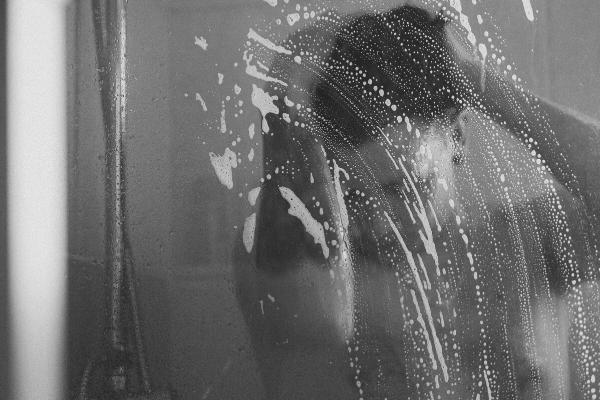Sexual Health

It always amazes me how little people know about their genitals. But I guess I shouldn’t be that surprised because as a society we don’t teach people about their private parts. We get some basic guidance on hygiene from our parents and/or primary caregivers. If we’re lucky, we get a rudimentary education on genitals and sex in school. And the rest seems to come mostly from friends and the internet. Unfortunately what you learn from a buddy or read online about sex and your body may not always be accurate and, at worst, may be flat out wrong.
As a sexual health specialist, I end up spending a lot of time teaching patients about their bodies and how they function. Many people I see have never really explored, touched, examined, looked at, or even read about their genitalia. Some even cringe or blush at the mention of words like vulva, vagina, penis, and scrotum. But these body parts serve so many important functions in our daily lives. Genital health is an important part of urinary and sexual health, which themselves are microcosms of our overall health. So if you want to improve or maximize your health, your nether regions are a good place to start.
Before we delve into the nitty (or better yet, nutty) gritty, I should point out that genitals don’t necessarily dictate how one identifies with respect to gender. The discussion below will focus on penises and testicles. These are body parts, not a person. I am intentionally leaving the term men out of the conversation because not all persons with penis and testicles identify that way.
What follows is an outline of everything you ever wanted to know but were too afraid to ask your doctor about your penis and testicles. Hopefully, after reading you’ll walk away with a better understanding of your dangly bits.

Anatomy
To fully understand the penis and testicles, you must first understand genital anatomy. I’ll spare you the mindless details we learn in medical school, but there are a few important points to keep in mind. First, there’s more to the penis than meets the eye. Did you know that the external part of the penis is only the tip of the iceberg? That’s right, a significant portion of the penis extends internally all the way down to the under surface of the ischiopubic rami (part of the pelvis). The penis is generally thought of as a shaft and glans (also known as the head), but under its skin, the penis is comprised of three chambers: two corpora cavernosa (erectile tissue) and the corpus spongiosum (the spongy tissue surrounding the urethra). It is the corpora cavernosa that attaches deep in the pelvis.
Secondly, the testicles aren’t the only things that sit in your scrotum. The testicle is where sperm and testosterone are produced, but there’s other nearby structures that are vitally important. For example, the epididymis is a structure that sits on the backside of the testicle and stores sperm until they have matured. Sometimes the epididymis can become enlarged or painful and be mistaken for a testicular problem (more on that below).
Third, when it comes to your penis and testicles, size matters. Well, sometimes it does anyway. Penises come in a variety of shapes and sizes and as much as some would like to, there’s not much you can do to influence the size of your penis. Like Gaga said, “Baby, you were born that way!” But testicular size is something to keep in mind. Testicles are generally similar in size, but slight asymmetry can also be normal. Testicles also tend to hang at different heights so don’t mind if your balls don’t dangle evenly. If you notice acute changes in the size or location of one or both of your testicles, something may be wrong (see below) and it’s always best to consult with a medical professional.

Fourth, the urethra sits on the underside of the penile shaft. This is the tube that carries urine out of the body from the bladder. During ejaculation, the urethra also carries semen—fluid comprised of sperm and fluid from the prostate, seminal vesicles, and urethra—out of the body.
Hygiene
Now that you understand the basics of penile and testicular anatomy, let’s discuss how to keep these areas so fresh and so clean. The penis and testicles have a way of getting dirty even with mundane daily routines and produce a good amount of sweat during strenuous physical activity. The best way to keep your private parts squeaky clean is to wash these areas daily. You don’t need special powders or fragrant sprays; simple soap and water will do. If your penis has a foreskin, make sure to pull it back gently and wash underneath. Not cleaning this area, can result in the build-up of smegma and lead to infections or irritation of your foreskin or glans.
Trends in pubic hair vary over time and by culture. Currently, we seem to be in a “less is more” time period. But pubic hair grooming is a matter of preference. Pubic hair can be coarse or fine, curly or straight, light or dark. Choosing to remove it is completely up to you, but remember that it exists for a reason. Pubic hair helps protect against bacteria and reduces friction from penetrative sex. So if you decide to go bare, do so carefully as your genital skin is delicate and easily irritated.

Function
The penis and testicles are crucial for urinary, sexual, and reproductive function. Let’s briefly discuss how these functions are typically carried out and some of the things that can happen to interfere with them.
As mentioned above the penis is home to the urethra, the means through which we urinate. This hollow tube allows for urine, which carries waste filtered by the kidneys, to exit the body regularly from the bladder where it is stored. Urination is not usually something most people think about; it just happens. But occasionally things can get in the way. The urethra runs through the prostate, which grows as people get older and can sometimes obstruct the flow of urine. People can also develop scarring or narrowing of the urethra (called strictures), which can make peeing challenging.
The penis is also the primary organ we penis-havers use for sexual function. During arousal, the penis fills with blood and the corpora cavernosa become engorged and rigid. This is called an erection. When the penis is erect it can withstand a high degree of pressure, which is important because a great deal of force is exerted on the penis during penetrative sex. While the penis may not be a bone, you can still fracture it if you’re not careful. Penile fracture typically occurs during sexual activity in which a person misses while trying to penetrate their partner. This can result in damage to your corporal tissue, leading to bruising, swelling, and possibly long-term penile deformity and/or erectile dysfunction. Sex is fun when it’s adventurous, just be careful with your penis because it’s more fragile than you might think.
The testicles often take a backseat to the penis in terms of sex, but your balls are one of many different erogenous zones. Sex with a penis is great, but don’t forget about your testicles, nipples, ears, neck, and even anus. All these parts can be just as sensitive and just as easily aroused during sexual activity.
The erect penis and testicles are generally thought to be crucial to engage in intercourse and conceive a pregnancy between heterosexual partners. After all, the testicles make the sperm that end up in your semen and the penis carries out ejaculation. However, assisted reproductive technologies developed in recent decades have made an erection and testicles less important in the process of getting pregnant.
Lumps and Bumps
If there’s one thing you remember from this discussion, it should be to make sure to examine your genitals regularly. Get to know your body and figure out what’s your normal. Usually, I recommend that people perform genital exams about once per month. Taking a few minutes in the shower to feel things out may identify a problem before it becomes too serious. Once you have a baseline of what your junk looks and feels like, you can assess for changes.
Changes in size, areas of swelling or pain, and/or new spots are all things to keep an eye out for. Lumps on the penis are often benign, but not always. Penile lesions like moles, ulcers, plaques, and cysts are much more common than cancer. Still, checking your penis regularly for areas of pain, hyperpigmentation, and/or redness is a good idea. As mentioned above, testicles can be different sizes but if you notice enlargement of one or both, have a professional check it out. Pain is important also, but many people think that they should feel pain if there’s something seriously wrong. Testicular cancer is actually painless most of the time so don’t let pain be your primary concern when examining your balls. Cancer often feels like a hard lump in an otherwise squishy testicle. Less serious issues down in the scrotum include swelling, inflammation, or infection of the epididymis and/or testicle.

Get Tested
The penis and testicles (as well as the scrotum) can all be sites of sexually transmitted infections (STI). Being a sexually responsible person means getting tested for STIs regularly. How often depends on your sexual activity. Those with multiple partners or who are engaging in “risky” sexual behavior should get tested more often. STIs involving the penis can include gonorrhea, chlamydia, herpes, human papillomavirus (HPV), molluscum, and human immunodeficiency virus (HIV)—just to name a few. Sometimes these STI can be symptomatic, but sometimes they aren’t. Urethral discharge, visible lesions, and burning when you pee can clue you in that it may be time to take a trip to the STI clinic. The testicles can also be home to many of the STIs listed above. Infections can spread to the testicles by ascending up the urethra and into genital tracts leading to the testicle. This can result in testicular or epididymal swelling and/or pain. The scrotal skin is also a common landing site for HSV and HPV lesions. It’s best not to wait until you have symptoms or notice something that looks funny. Think of regular STI testing as another part of managing your overall health.
Final Thoughts
The penis and testicles are important parts of our bodies. Get to know them, learn to love them, and make sure you take care of them. They provide us a lot of pleasure, but can also be the source of pain and other serious issues. And remember: when it comes to your meat and potatoes if there’s any question it’s always better to get input from an experienced medical professional.